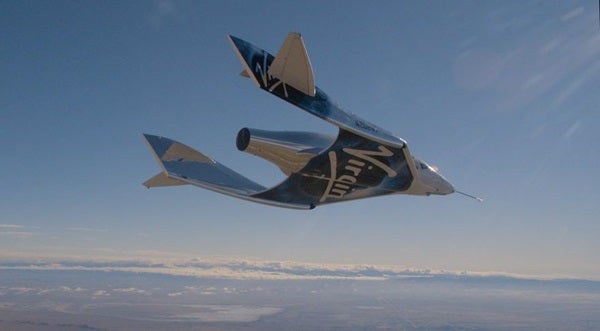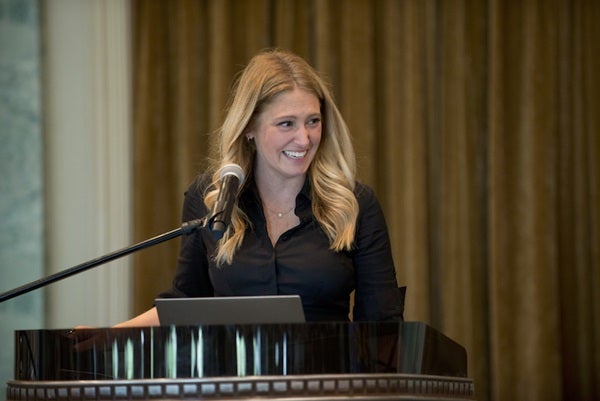SpaceShipTwo, Virgin’s versatile passenger spacecraft, will be carried to an altitude of about 50,000 feet (15,000 meters) for air launch by the WhiteKnightTwo aircraft. Once set free, SpaceShipTwo will rocket away with up to six passengers and two pilots to altitudes of 62 miles (100 kilometers) or more before descending back to Earth.
An integral part of putting spaceflight into the hands of the public is astronaut training for the public — and an important question thus arises: How do you train the average citizen to become an astronaut?
Creating the job as you go
Virgin Galactic SpaceShipTwo Interiors Program Manager and Chief Astronaut Instructor Beth Moses has the unique job of determining how exactly to prepare civilian astronauts for their first spaceflight. A veteran aerospace engineer at NASA, where she helped to turn the International Space Station from a blueprint into a reality, Moses is not only Virgin Galactic’s chief astronaut instructor, she is also its inaugural astronaut instructor. “I don’t just get to do this job, I get to create this job,” she told Astronomy last year. At that time, the company already had more than 700 customers waiting to fly, she said. “It’s never been done, we have to figure it out as we go, and that it can enthrall so many and space is opening up to the public is so amazing.”
Of her work, she added, “It’s the process of starting it that enthralls me as much as anything. I feel really lucky to be alive and qualified at this moment in time. No one has ever developed private spaceflight or private spaceflight training for the general public. And that is daunting and amazing and exciting.”
Unified through space
Moses is passionate, excited, and enthusiastic about her work and the incredible meaning it holds not only for the future of human spaceflight, but potentially the human race as a whole. “I’ve always had a passion for space,” she said, “and I think space and space travel and astronomy bring out the best in humanity, and I really feel it’s a great unifying force.”
Throughout her career, Moses said she was surrounded by other aerospace engineers, first in school and later at NASA, who created an environment of support and belonging. “I’ve been really fortunate – everyone around me has always supported me and been equally passionate about the field,” she said. “You can’t do it alone – there’s no way you can build a spacecraft alone. You have to team up and that buoys everyone.”
For those who want to experience that unity for themselves, Moses says Virgin Galactic’s aim is to maintain no age limits and few, if any, medical exemptions from flight. Of the program she’s developing, “It’s not a pass/fail training program. It is intended to take anyone that comes to the spaceport — anyone of any age, any physical capability, any language, any home country — and over the course of roughly a week, prepare them for spaceflight,” she said. “The intention is to open spaceflight for all.”
Her overall message is simple: “I want people to realize that we’re doing this – humanity is doing this today, there is an International Space Station flying today. Sixteen countries have built it. Companies beyond Virgin Galactic are currently developing systems for private citizens to fly to space and it really unifies everyone. I think it’s cool. And I think it’s important – there’s some thread of importance in there. It brings people together.”











